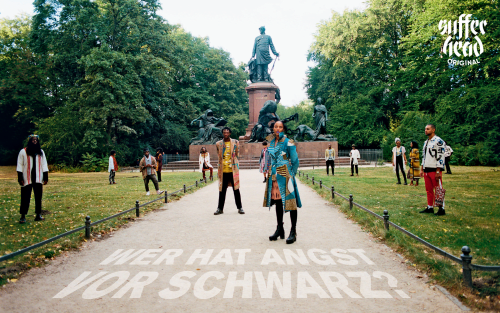
How do you work with the artisans who produce the drink?
It always begins with forging a strong relationship with the brewer or distiller. I first try to get to know them, exploring their interests and the types of beer or spirits they are passionate about. Since not all brewers or distillers are open to deviating from traditional methods, finding those who share an enthusiasm for pushing boundaries is crucial. Once we establish common ground, we dive into the technical aspects, like recipe design and test brewing. It’s a process of co-creation, often requiring several rounds of brewing, tweaking – and tasting! – before the product meets our collective vision.
What can an artist bring to beverage production?
An artist brings not just creativity but a holistic vision, turning a beverage project into a multidimensional artistic experience. Beyond the production of the drink itself, the artist is instrumental in the product design and advertising phases. Crafting a campaign that captures the concept of the project allows for artistic expression through various media, from billboard design to television commercial. The artist’s involvement ensures that the product is not just a beverage but a narrative piece.
What do you think you can communicate through a drink that you can’t via a more traditional art form?
Traditional art forms predominantly engage with audiences on a visual level, which, while powerful, can sometimes fall short in conveying the full spectrum of an artistic concept. When exploring themes like migration, relying solely on visual representations might not fully capture the essence of the experience. This is where a beverage can be a more effective medium. It provides a direct, experiential way to engage with the audience, allowing them to literally ‘taste’ a concept like spiciness, which is integral to the cooking traditions that many migrants carry with them. And creating a beverage is just the beginning. It’s a foundation upon which traditional art forms can be integrated. When ‘marketing’ a beverage, there’s an opportunity to engage other senses like sight, sound, smell, and touch. The advertising campaign itself can evolve into an immersive exhibition, combining elements of visual art, soundscapes, aromas, and tactile encounters. It’s not just about presenting an idea but about creating an environment where the audience can experience and interact with the concept on multiple levels. In this way, a drink becomes more than just a beverage; it’s a conduit for storytelling.
